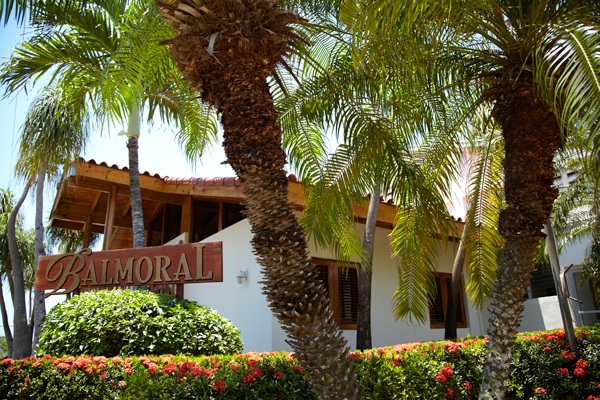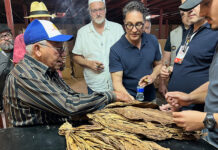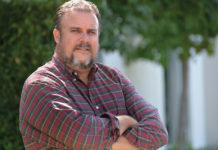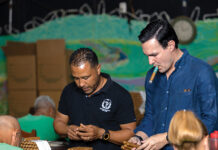 Royal Agio Cigars: Attention to Detail
Royal Agio Cigars: Attention to Detail
Royal Agio Cigars has been producing cigars in San Pedro de Macoris, located in the southeastern region of the island, since 1996. Its factory employs more than 600 people who focus on producing the company’s Balmoral and San Pedro de Macoris handmade lines, with the exception of the new Balmoral Serie Signaturas Dueto, which is made in collaboration with Ernesto Perez-Carrillo and produced at his Tabacalera La Alianza factory located in Santiago. Francisco Batista is the company’s premium cigar master blender; in addition to blending the company’s premium cigars, he also serves as general manager of its boutique factory in the Dominican Republic.
From seed to cigar, the tobaccos used by Royal Agio typically pass through about 300 pairs of hands. For example, it takes approximately seven to 10 years from crop to final product to produce the company’s Balmoral Añejo XO line. To really make a Dominican-based blend stand out, the tobaccos used typically require a longer aging time than tobaccos from other countries. Royal Agio has a large worldwide tobacco operation and thus has strong purchasing power that gives Batista access to almost any tobacco grown in the world. Some of these tobaccos are exclusive to Royal Agio, allowing Batista to create blends that are truly unique to the company.
“We purposely do not grow our own tobacco, as we prefer to source the best-quality available tobaccos from around the world in any given year,” Batista explains. “We feel that this gives us the opportunity to discover the best there is to be discovered in the world of tobaccos as we develop each of our cigar blends. We then share the end result with cigar lovers around the world in an effort to deliver truly unique cigar experiences that inspire.”
When he’s working on one of Royal Agio’s cigars, Batista focuses on construction, combustibility, taste and aroma, as well as creating a consistent balance. He has come to under-stand that the most successful Dominican-made cigars have these key features and that these are not just optional characteristics—they’re required. According to Batista, the key to mastering Dominican tobacco comes down to intimately understanding the different growing regions throughout the country and what their tobaccos can bring to the table from a blending perspective.
“In the Dominican Republic, they don’t grow too many varieties of tobacco, so it is critical to match the right tobacco seed with the most appropriate growing areas. This is the foundation for what ultimately becomes the art of blending these unique Dominican tobacco varieties in premium handmade cigars—Dominican Olor, Piloto Cubano and other Cuban seed hybrids,” says Batista.
This story first appeared in the March/April 2019 issue of Tobacco Business magazine. Members of the tobacco industry are eligible for a complimentary subscription to our magazine. Click here for details.
– Story by Antoine Reid, an editor and digital content director for Tobacco Business Magazine. You can follow him on Instagram @editor.reid.







